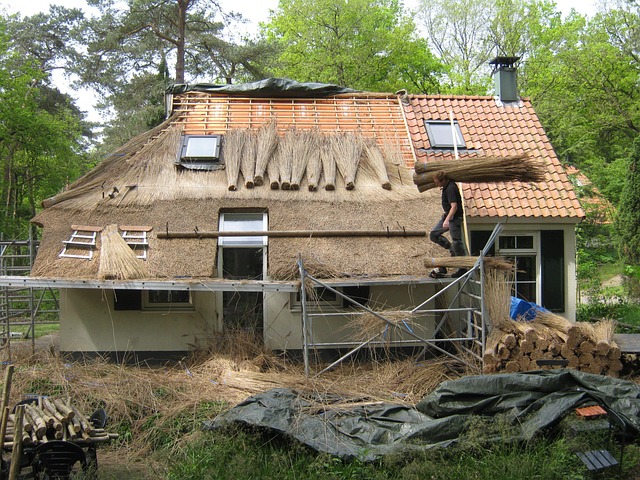Agriculture is a key driver of local economies, impacting real estate values through its influence on communities' food security, jobs, and sustainability. In rural areas, traditional farming practices attract tourists while urban environments adopt innovative techniques to meet the demand for locally grown produce. The integration of agriculture with real estate shapes landscapes, with rural areas facing development pressure and urban farms transforming into mixed-use spaces. Education and agriculture partnerships boost economic growth, attract investors, and promote sustainable communities, benefiting all stakeholders.
In today’s world, the local economy is intricately tied to the health of its agricultural sector and educational infrastructure. This article delves into the symbiotic relationship between agriculture, education, and real estate, exploring how these pillars drive rural and urban communities’ prosperity. We examine the impact of agriculture on employment, youth engagement through agricultural education, and the subsequent surge in property values, revealing the multifaceted ways these sectors intertwine to shape local economies.
The Interconnection Between Agriculture and Local Communities

Agriculture forms the backbone of many local economies, fostering a deep interconnection with the communities it sustains. Beyond providing food and employment opportunities, agricultural practices significantly influence the development and value of nearby real estate. Areas renowned for their fertile lands or successful farming ventures often attract residents and investors alike, driving up property values and creating a positive economic cycle.
The benefits trickle down to local businesses and services as well. Farms contribute to a vibrant market economy by sourcing goods locally, reducing transportation costs, and promoting sustainable practices. In turn, thriving agricultural sectors encourage the growth of related industries such as food processing, agritourism, and rural infrastructure development, further strengthening the community’s overall economic resilience.
– Exploring the role of agriculture in rural and urban areas

In both rural and urban settings, agriculture plays a pivotal role in driving local economies, albeit with distinct nuances. Rural areas often boast vast agricultural lands, where farming communities have traditionally relied on cultivating crops and raising livestock for sustenance and prosperity. These regions thrive on the back of seasonal harvests, which not only provide fresh produce to nearby markets but also attract tourists interested in experiencing rural life. Conversely, urban areas have transformed into vibrant hubs where agriculture has adapted to vertical farming and hydroponic systems, ensuring a steady supply of locally grown foods despite limited space. This shift has been aided by the growing demand for organic and sustainably produced goods, enhancing the economic viability of urban agriculture.
The integration of agriculture with real estate is another significant aspect worth noting. Rural landscapes, with their scenic beauty and fertile soils, hold immense value in the eyes of developers, leading to a delicate balance between agricultural preservation and land development. Urban farms, on the other hand, are emerging as mixed-use spaces that combine residential, commercial, and agricultural functions, fostering community engagement and promoting sustainable urban living. This harmonious coexistence underscores the critical role agriculture plays in shaping not just local economies but also the very fabric of communities across diverse landscapes.
– Impact on employment and local businesses

Agriculture and education are powerful catalysts for economic growth in any region, especially when they work in harmony. In rural areas, agricultural initiatives can create numerous job opportunities, from farmworkers to specialists in sustainable farming practices. As these businesses thrive, local restaurants, supply stores, and other support services also benefit, fostering a positive cycle that strengthens the overall economy. This is particularly evident in communities where educational institutions focus on agriculture-related programs, equipping students with valuable skills for the modern farming industry.
The ripple effect of this partnership extends to real estate as well. With increased economic activity, there’s often a surge in demand for housing, leading to development opportunities. Moreover, successful agricultural ventures can attract tourists and investors, further diversifying the local economy and ensuring its resilience. This synergy between education and agriculture is a game-changer, creating a sustainable and thriving environment that benefits all stakeholders.






